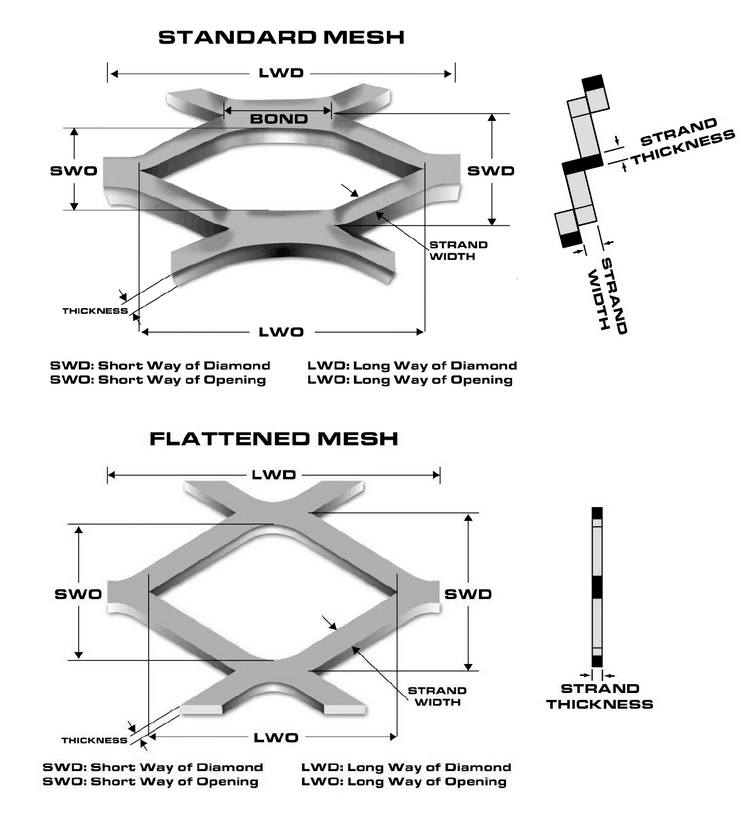Sound Barriers Along Highways An Effective Solution for Noise Pollution
Highway systems are essential for modern transportation, facilitating the movement of goods and people across vast distances. However, with the increasing volume of traffic comes an inherent problem—noise pollution. The relentless hum of engines, honking horns, and the whoosh of tires can significantly disrupt the peace of nearby neighborhoods, affecting the well-being of residents. In response to this growing concern, sound barriers have emerged as a practical solution, serving to mitigate the impact of highway noise and improve the quality of life for those living in proximity to busy roadways.
Understanding Noise Pollution
Noise pollution is defined as unwanted or harmful sound that can have detrimental effects on human health and the environment. It has been linked to various health issues, including stress, anxiety, sleep disturbances, and even cardiovascular problems. For communities situated near highways, the incessant roar of traffic can create an overwhelming auditory backdrop that diminishes the tranquility of everyday life. Here, sound barriers play a crucial role in addressing these noise issues.
What Are Sound Barriers?
Sound barriers, often referred to as noise barriers or sound walls, are structures designed to block or absorb sound waves generated by traffic. They are typically constructed from various materials, including concrete, stone, wood, and specialized acoustic panels. The design and height of these barriers depend on factors such as the topography of the area, the volume of traffic, and the proximity of residential buildings to the highway. Generally, barriers are most effective when they are tall enough to create a visual shield between the highway and affected neighborhoods.
Types and Design of Sound Barriers
There are several types of sound barriers, each with its own advantages and disadvantages. Solid barriers, which are typically made of concrete or masonry, are highly effective at reflecting sound waves. On the other hand, vegetative barriers use trees and shrubs to absorb sound and provide aesthetic value, often enhancing the local environment. Hybrid barriers combine both solid and vegetative elements to maximize noise reduction while improving visual appeal.
sound barriers along highways

When designing a sound barrier, engineers consider factors such as height, length, and location. Generally, barriers should be designed to be at least a few feet taller than the line of sight to effectively block sound. The placement is also crucial; barriers should be positioned as close to the noise source as possible while ensuring they do not obstruct the views of nearby residents or the natural landscape.
Benefits of Sound Barriers
The primary benefit of sound barriers is their ability to significantly reduce noise pollution. Research has shown that well-designed barriers can lower noise levels by several decibels, resulting in a more peaceful living environment. This reduction is particularly beneficial for children, the elderly, and individuals with health issues exacerbated by noise.
In addition to noise reduction, sound barriers can enhance the aesthetic appeal of an area. Landscaped barriers can introduce greenery and improve the visual experience of neighborhoods, potentially increasing property values. Moreover, they can provide some level of safety by acting as a barrier against debris and other hazards from the highway.
The Way Forward
As urban areas continue to expand and traffic volumes increase, the implementation of sound barriers along highways will become increasingly important. Policymakers, urban planners, and engineers must collaborate to develop effective noise abatement strategies that incorporate these structures into new and existing infrastructure.
In conclusion, sound barriers are an essential tool in the fight against noise pollution emanating from highways. By implementing well-designed barriers, we can protect the tranquility of our neighborhoods, enhance public health, and create a more harmonious balance between transportation needs and community well-being. As cities grow and evolve, innovative solutions such as sound barriers will be crucial in preserving the quality of life for residents living near busy thoroughfares.
-
Why Galvanized Trench Cover Steel Grating Resists Corrosion
NewsJul.10,2025
-
The Versatility and Strength of Stainless Expanded Metal Mesh
NewsJul.10,2025
-
Load Calculations in Steel Grating Platforms
NewsJul.10,2025
-
Keeping Pets and Kids Safe with Chicken Wire Deck Railing
NewsJul.10,2025
-
Hole Diameter and Pitch for Round Perforated Metal Sheets
NewsJul.10,2025
-
Aluminium Diamond Mesh in Modern Architecture
NewsJul.10,2025
Subscribe now!
Stay up to date with the latest on Fry Steeland industry news.

